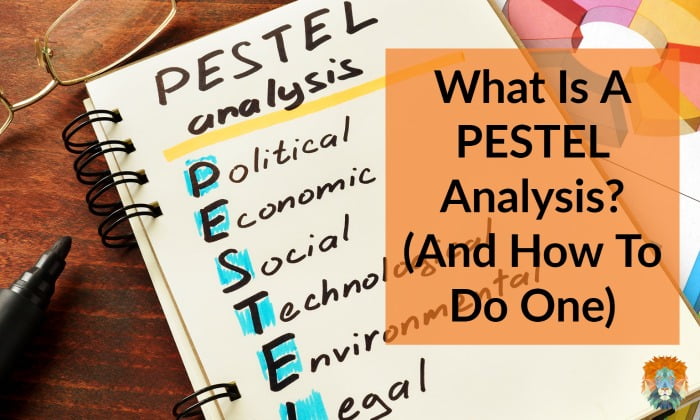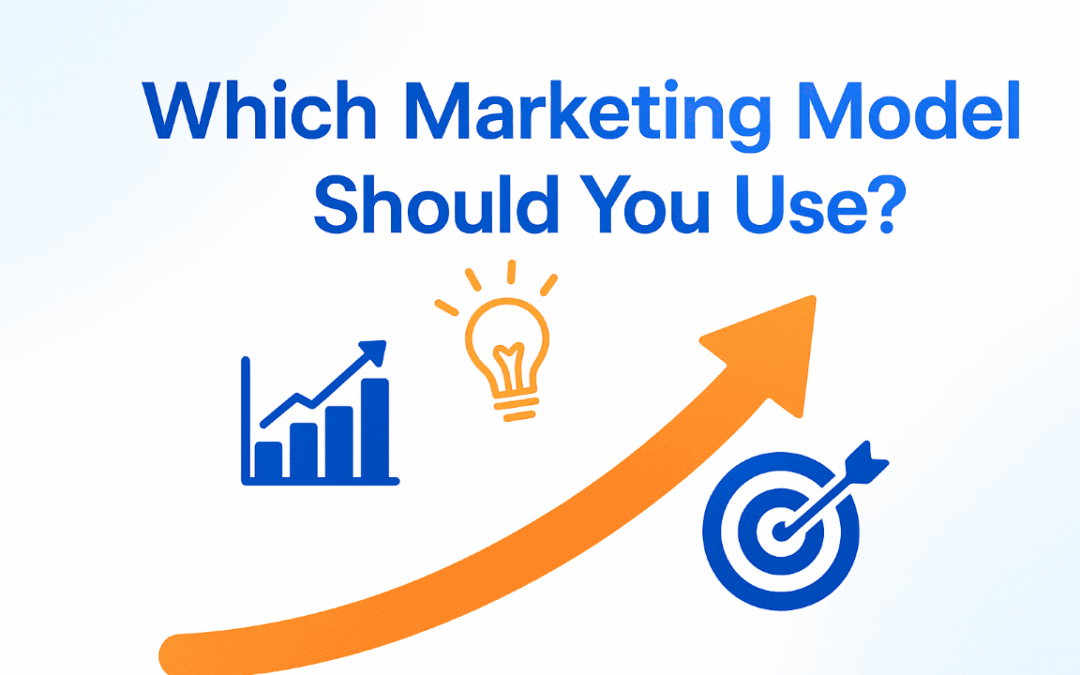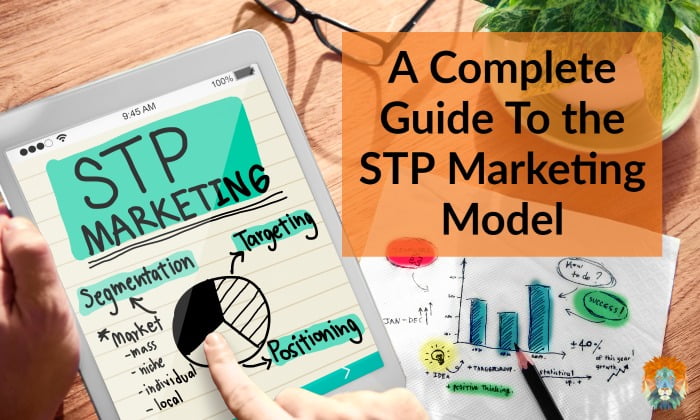When it comes to marketing there are lots of tools and techniques you can use to help you in designing and implementing your marketing strategy. A lot of them you might have heard of, even if it’s just in passing. Things like a SWOT Analysis, Customer Analysis, or Choice Modelling. But one of the lesser-known marketing tools is called a PESTEL analysis, and it can be incredibly beneficial to your business if you’re looking to really make an impact on the market. Since you might not be familiar with it (unless you’ve already done a degree in marketing!), we wanted to explain what a PESTEL analysis is, how to do one, and how to use it to get an edge over the competition.
What’s The Point Of A PESTEL Analysis?
A PESTEL analysis is a marketing tool used to identify the factors outside of your organisation that could affect your performance or operation – otherwise known as the macro environment of your business. Unlike the internal factors, like your competitors, suppliers, and customers, the macro factors are the much larger forces you have no control over. But they can still have a profound impact on your business, so you need to be aware of what they are, how they affect you, and what you could do to work around or with them. Typically the factors included in a PESTEL analysis are:
- Political: The political landscape of Britain and the world is fast-paced, and there have been a lot of pretty major changes over the last few years. In order to make good marketing decisions, you should understand any political changes facing your industry as a whole. This includes things like trade tariffs, conflicts, changes in taxation and even freedom of movement.
- Economic: Economic factors can play a huge part in the productivity and profitability of your business, both in terms of production costs and the decision making of consumers. Everything from inflation and interest rates to unemployment rate and average disposable income can have an impact on how you market your business. You should always be aware of the general economic landscape when making major decisions.
- Social: Social market forces have never been more influential, and businesses who can identify and ride the waves of cultural change will see incredible success. Social factors like demographics, religions, health, media and education can impact the industry and your business, changing peak buying periods, customer purchasing habits and even preferred lifestyle choices. Understanding this factor will help you develop products and solutions that truly appeal to your target audience.
- Technological: Technology evolves very quickly, and businesses that don’t harness its power tend to get left behind. They can not only influence how smoothly your business runs and what kinds of products or services you sell, but the way customers think and make buying decisions. Things like automation, licensing models, new communication methods and even general awareness of new technologies can all change the way consumers think and buy.
- Environmental: This goes to the very core of how you produce your products, and the general demand for your services. The wider environment is critical for some industries – like tourism, agriculture, or food production – and the impact on these can have a trickle-down effect on other industries. Even if your business doesn’t feel the influence of the environment in this way, you should still be aware of factors like climate change, environmental offsets and stakeholder/consumer values that could influence the way your customers feel about your business.
- Legal: This is simply all of the laws that are directly connected to you running your business, and your specific industry. For example, this could include things like changes to consumer law, privacy laws and discriminations laws.
That might all sound like a lot – but being aware of these factors at even a superficial level can help you understand the risks to your business, understand the environment your business is operating in, and can even help you identify new opportunities to grow.
How do you conduct and use a Pestel Analysis?
The ideal time to conduct a PESTEL analysis would be at the same time as your SWOT analysis because one can inform the other. By doing them together, you can get a really clear view of both the internal and external factors affecting your business, which allows you to make really sound, informed decisions.
A PESTEL analysis can be an extremely powerful tool for your business when it’s done right. Thankfully, getting it right is a lot easier than it sounds! There are generally 4 steps to conducting a PESTEL analysis:
- List external PESTEL factors: Go through each of the PESTEL factors above and brainstorm the factors that may impact you. You might need to bring in an expert in your sector to help you with this area if you aren’t sure.
- Identify the Implications: Once you have a list of the factors that impact your business, you can dig into the implications. Discuss and decide the scale of impact each factor will have on your business, whether that impact will be positive or negative, how that will change over time, and how important that is to the business.
- Rate the impact & likelihood: Rate the potential impact each factor will have on the business and the likelihood of it happening. You can go from high to low, or give them numbers, whichever you prefer. It’s all about creating a list that’s in priority order, with the most urgent at top so you know where to focus your attention.
- Further actions: Some of the things on your list will need no further action, especially if they are things that are truly outside of your control. But there will be some things you can act on in that list as well. Using the information from your SWOT analysis and your PESTEL analysis, you can develop strategies that not only avoid the negative impacts of these factors but can actually capitalise on them.
When it comes down to it, creating a thorough and robust content marketing strategy means understanding your business, your market, and the world they both exist in in-depth. The art is in planning and using all of this readily available information to create a clear, proactive, and well-thought-out content marketing strategy. At Lion Spirit Media, this is what gets us going in the morning! Our content marketing strategies are completely tailored to your business, so you can see maximum results. If you would like to know more, just get in touch with the team today.





0 Comments